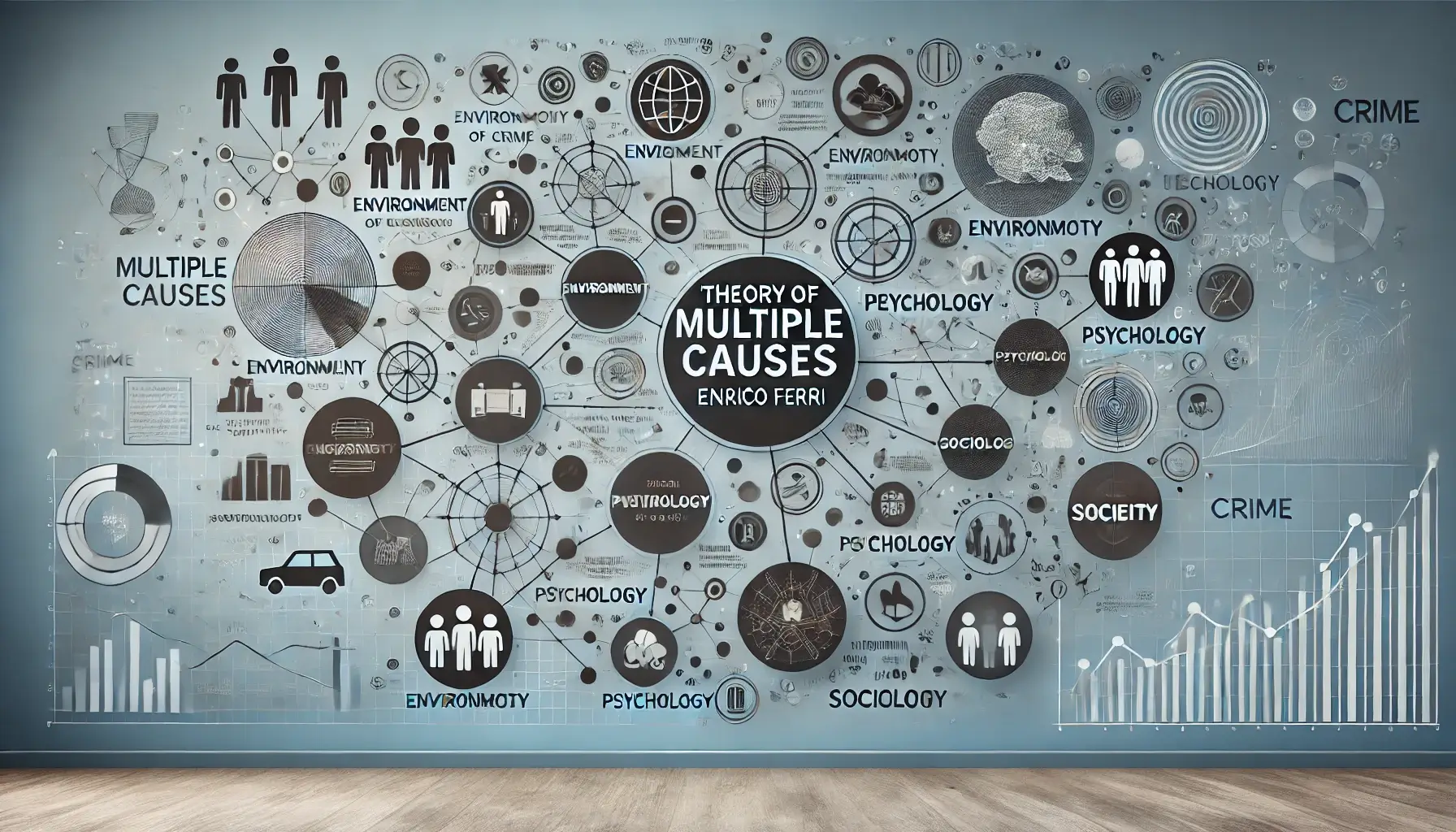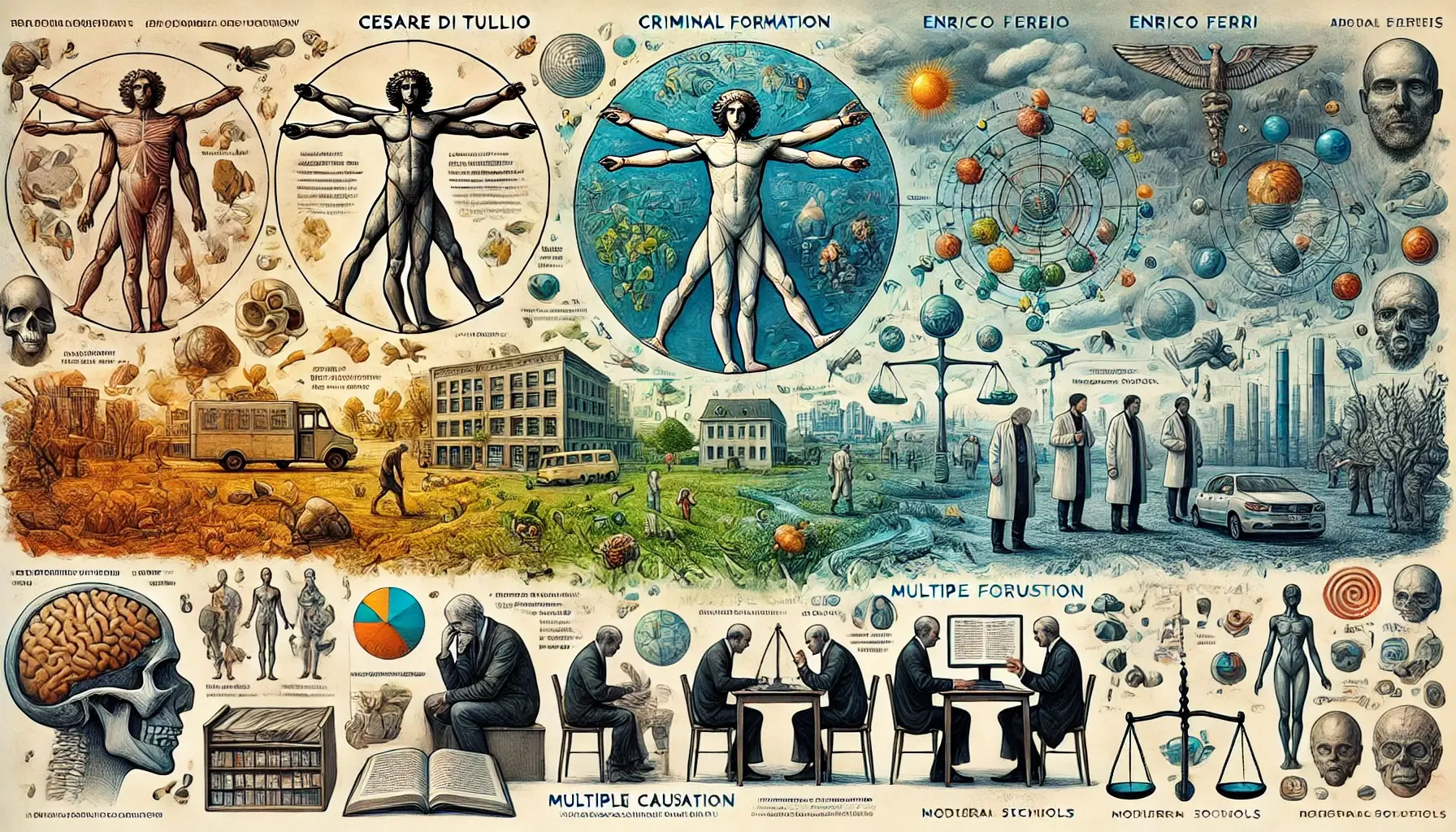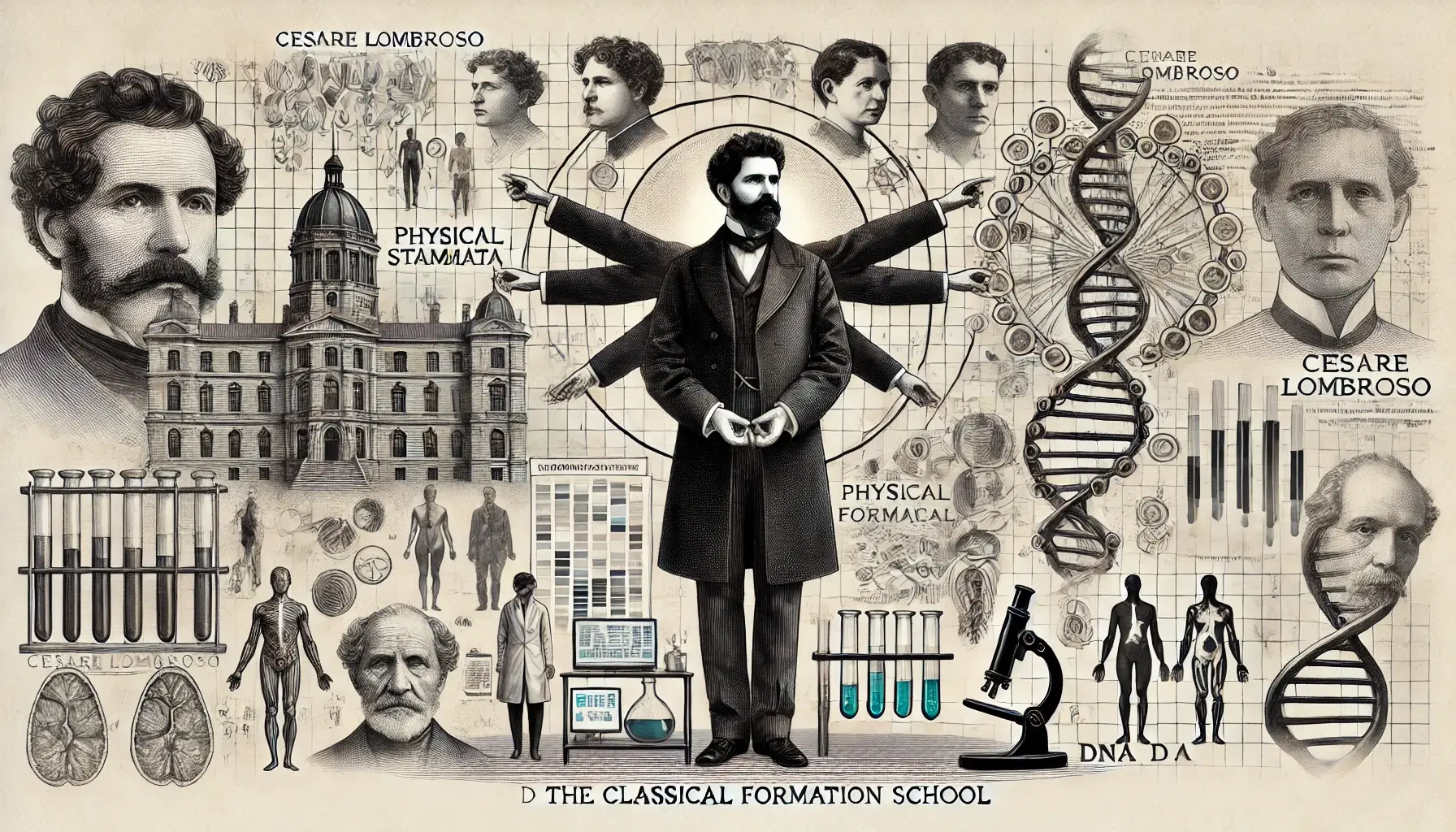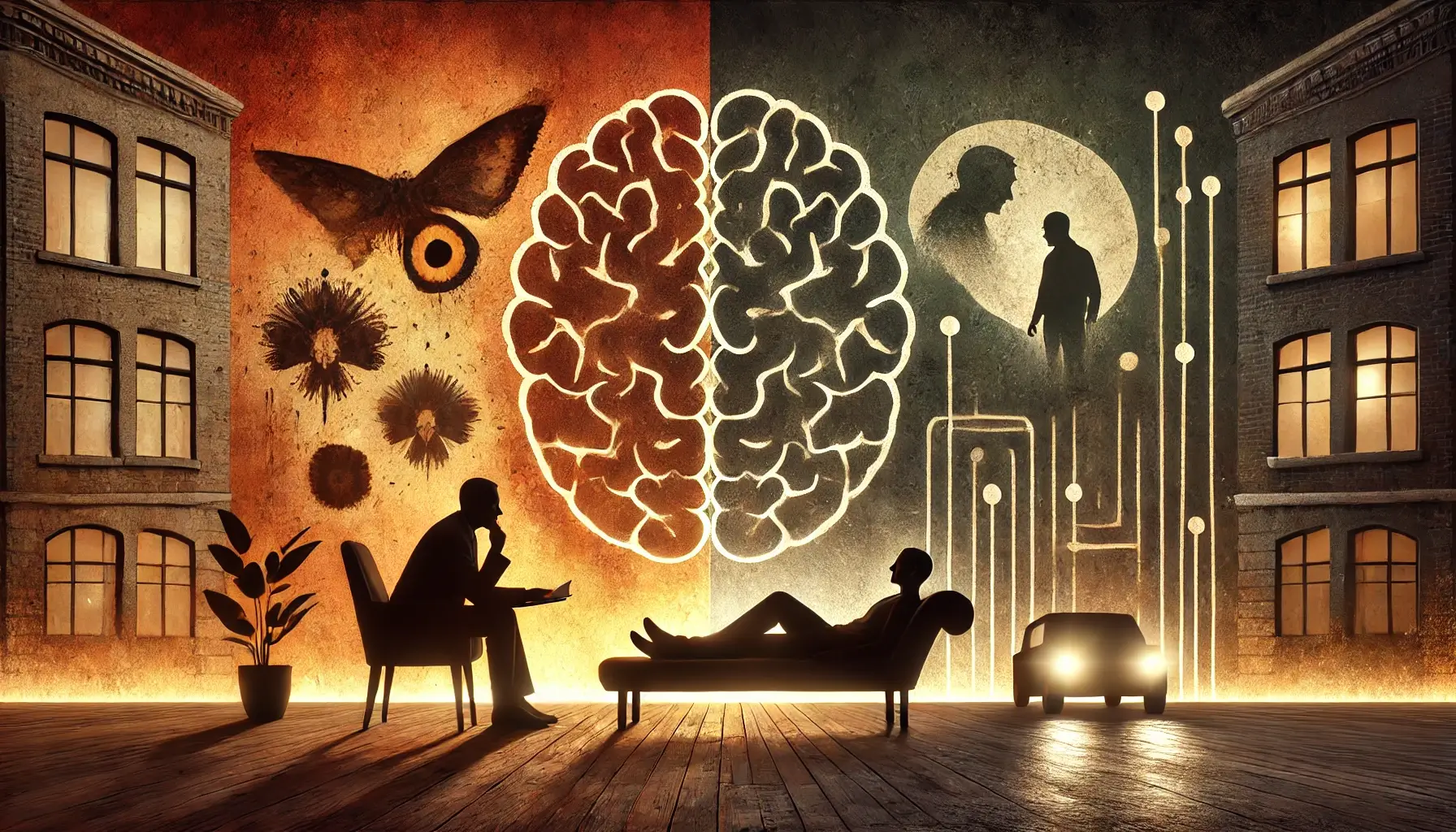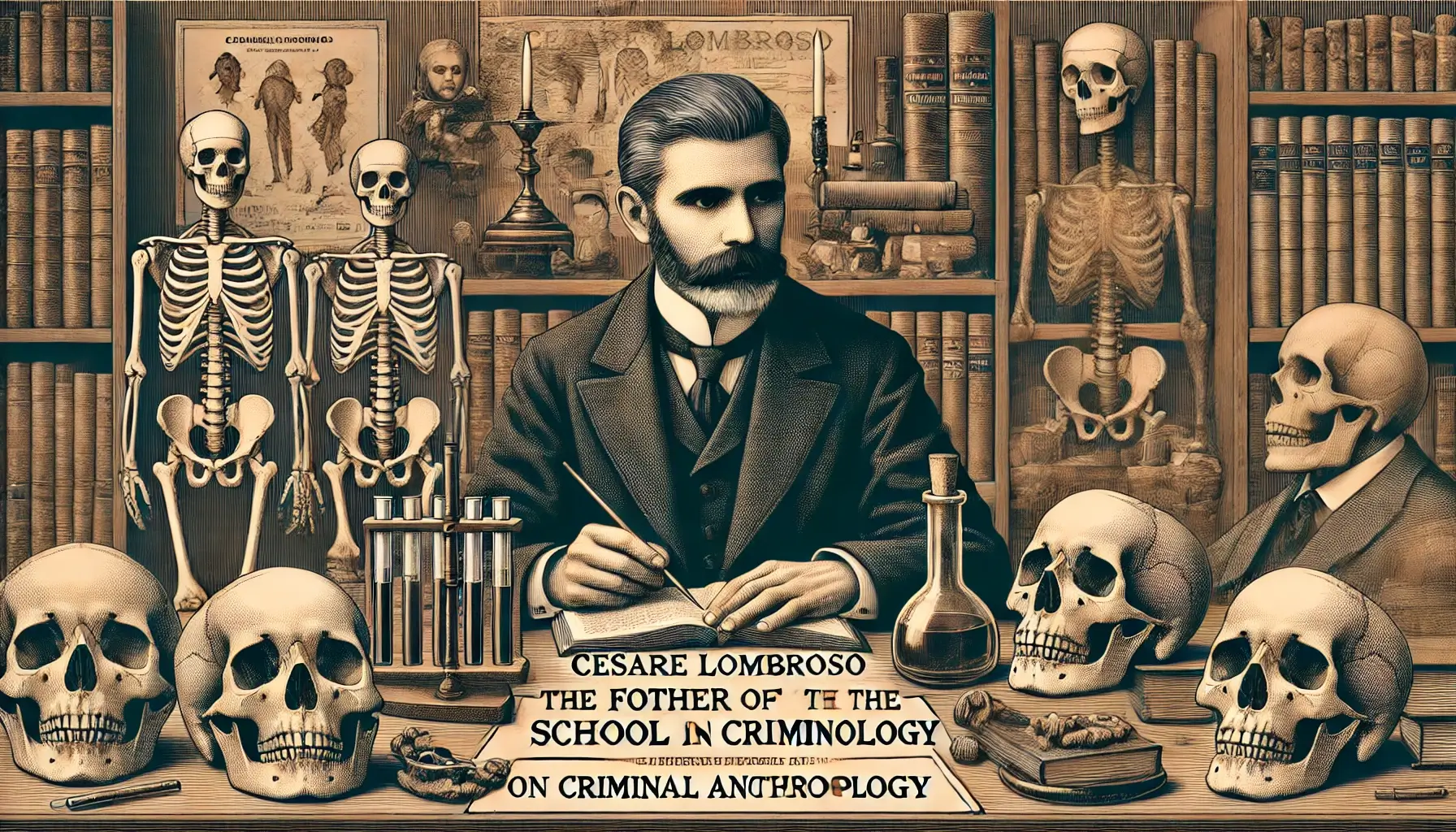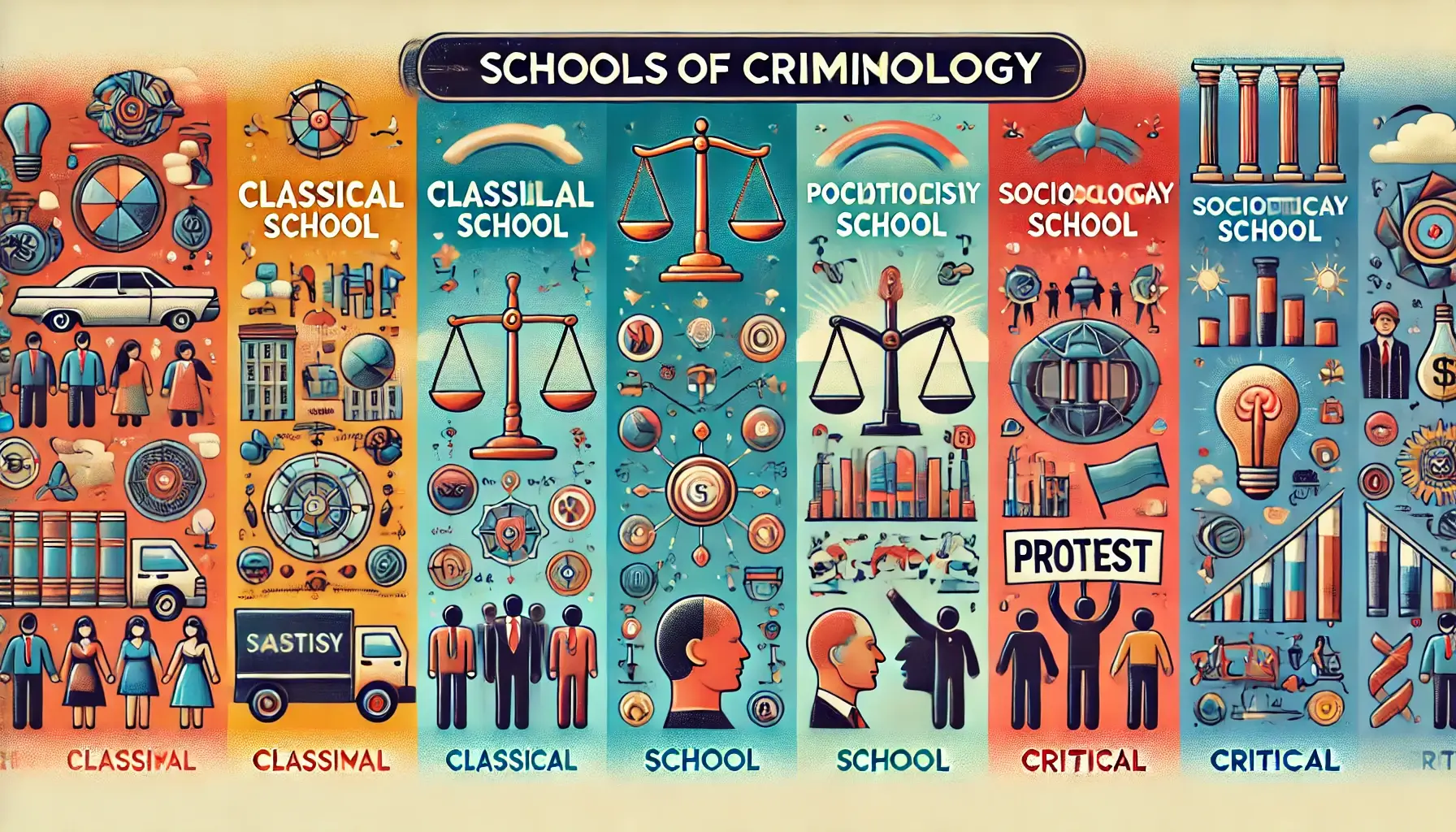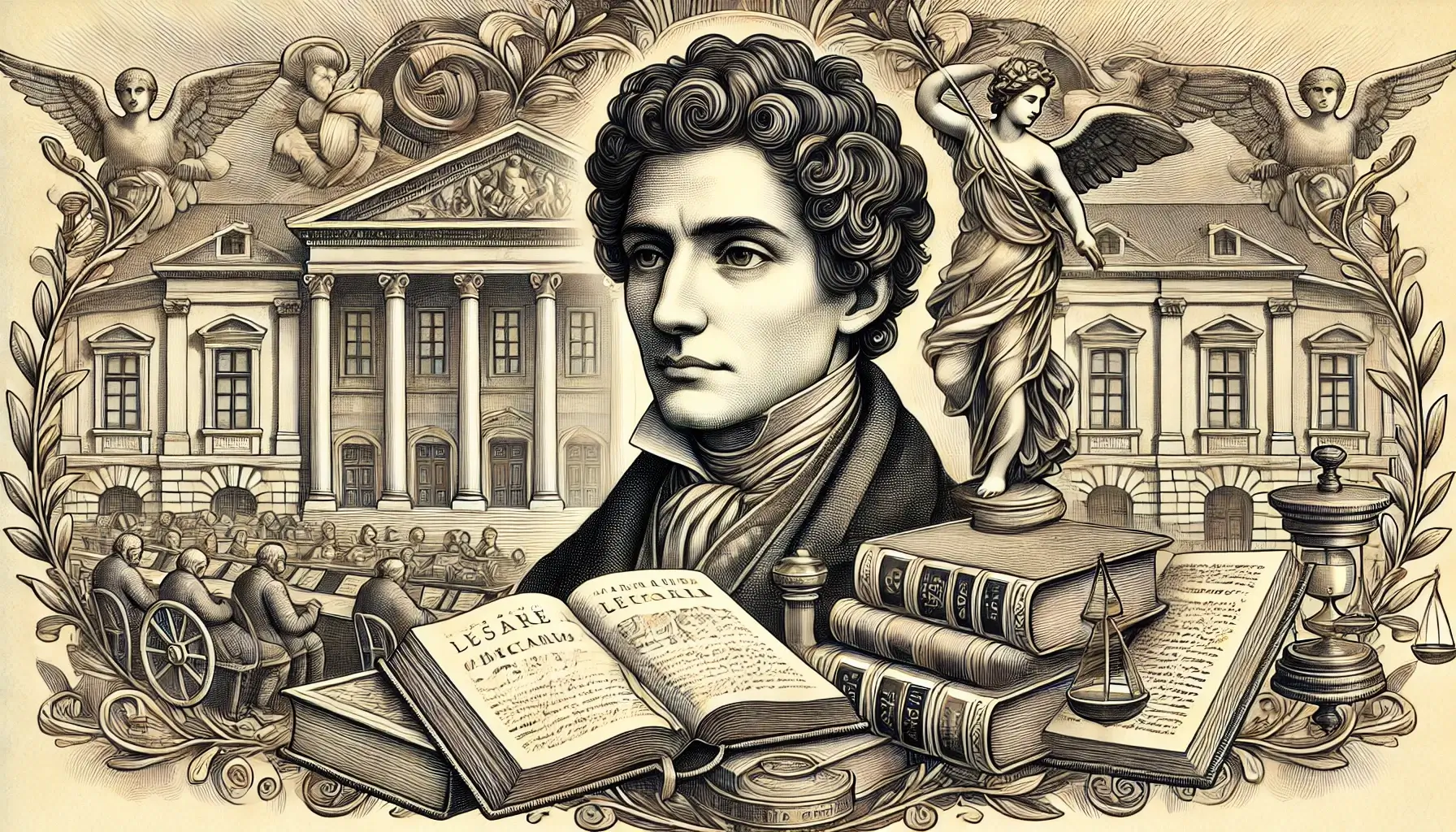Theory of Multiple Causes: Enrico Ferri
Introduction The field of criminology has evolved over centuries, with multiple theorists contributing to its development. One of the prominent figures in modern criminology is Enrico Ferri, an Italian criminologist, sociologist, and politician. Ferri’s theory of multiple causes represents a significant departure from earlier deterministic approaches, such as Cesare Lombroso’s biological determinism. Ferri emphasized the … Read more

